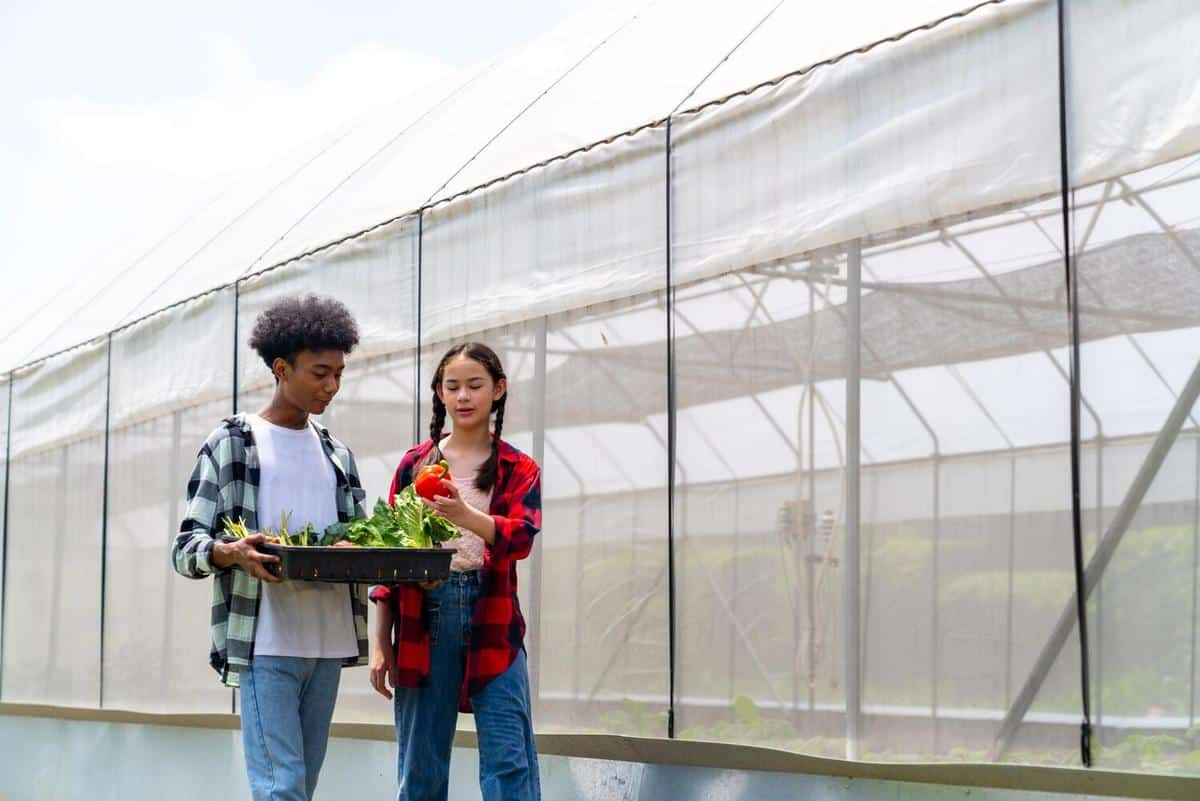
Urban Farming: Feeding Cities with Sustainable Practices
Amidst the challenges of urban growth and climate change, urban farming emerges as a beacon of sustainability, offering cities a path to self-sufficiency and environmental stewardship.
Urban farming is transforming cityscapes worldwide, integrating agricultural practices into urban environments to enhance food security, reduce carbon footprints, and promote sustainable living. This innovative approach to agriculture involves growing food in urban areas like rooftops, community gardens, and vertical farms, making fresh produce accessible to city dwellers.
The Rise of Urban Farming
Urban farming is not a new concept, but its relevance has surged in recent years due to increasing urbanization. According to the United Nations, by 2050, nearly 70% of the global population is expected to reside in urban areas. This demographic shift necessitates sustainable solutions like urban farming to mitigate food insecurity and environmental degradation.
Expert Insights
Dr. Mary Smith, a renowned urban agriculture researcher, emphasizes that “urban farming not only provides fresh produce but also strengthens community ties and promotes environmental awareness.” Her insights underscore the multifaceted benefits of integrating farming into urban settings.
Benefits of Urban Farming
- Environmental Impact: Urban farming reduces transportation emissions by localizing food production.
- Community Engagement: It fosters community cooperation and education through shared gardening projects.
- Economic Opportunities: Local produce sales can boost urban economies and create jobs.
Challenges and Solutions
Despite its benefits, urban farming faces challenges such as limited space, soil contamination, and high startup costs. However, innovative solutions like hydroponics and aquaponics offer promising alternatives. Hydroponics, for example, uses nutrient-rich water instead of soil, making it ideal for urban settings with space constraints.
Case Study: Urban Farming in Action
In the bustling city of Detroit, urban farming initiatives have revitalized neighborhoods, turning vacant lots into lush gardens. These projects not only provide fresh produce but also serve as educational platforms for urban youth, teaching them about agriculture and sustainability.
Getting Started with Urban Farming
Interested in urban farming? Start by assessing your available space and resources. Consider joining a community garden or starting a small herb garden on your windowsill. Educate yourself through online resources and local workshops to gain practical knowledge and skills.
Connect with local urban farming groups to share resources and knowledge, enhancing your learning experience and community integration.
Conclusion
Urban farming holds immense potential to transform our cities into greener, more self-sufficient spaces. By embracing this sustainable practice, we can contribute to a healthier planet and foster resilient urban communities. Whether you’re a city dweller or a policy maker, taking steps towards urban farming can lead to significant positive change.
Frequently Asked Questions
What is urban farming?
Urban farming involves growing food within city landscapes, utilizing spaces like rooftops, balconies, and community gardens.
How does urban farming benefit the environment?
By reducing the need for transportation and promoting green spaces, urban farming lowers carbon emissions and enhances urban biodiversity.
Can anyone start an urban farm?
Yes, anyone can start urban farming by utilizing available space and resources, starting small with containers or joining community initiatives.
What crops are best suited for urban farming?
Leafy greens, herbs, and root vegetables are ideal due to their adaptability to small spaces and varied growing conditions.


